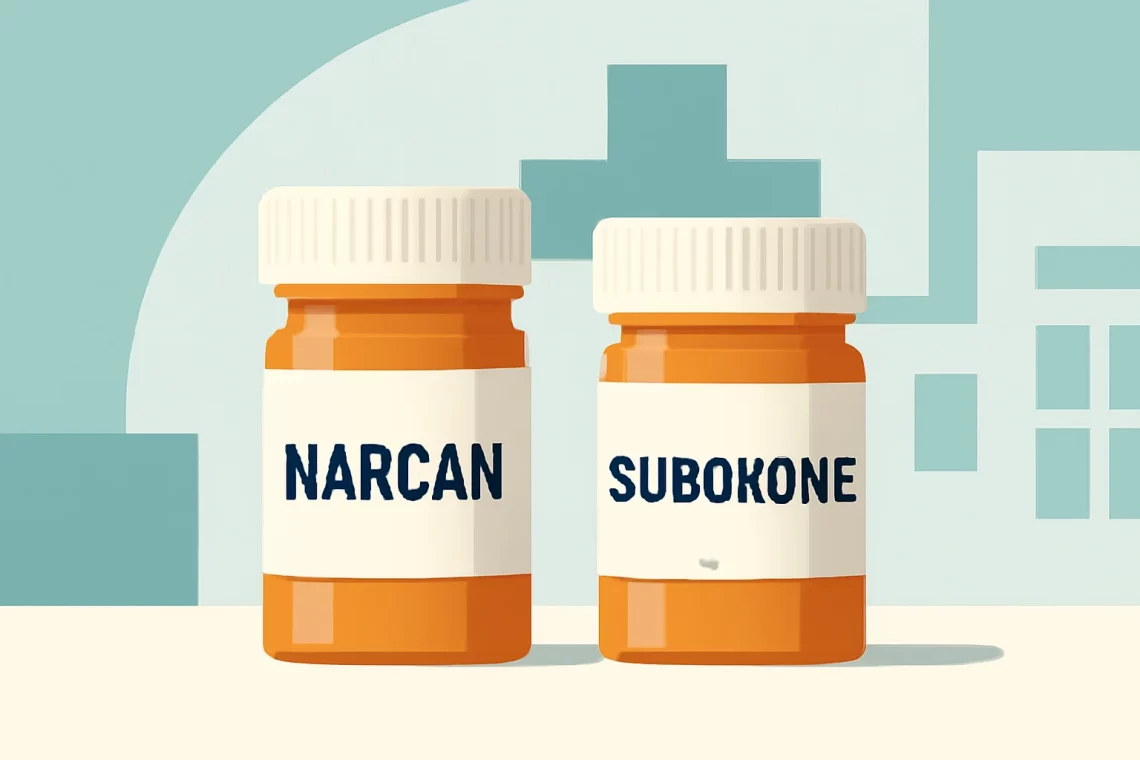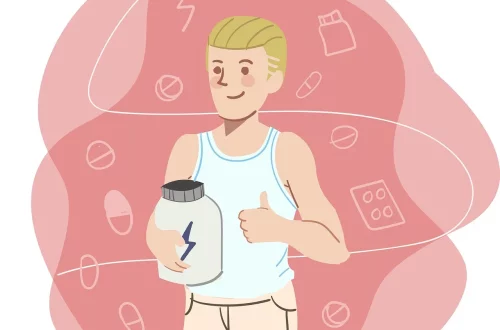-
Naltrexone vs Methadone: Which is More Effective for Addiction Treatment?
The battle against substance use disorders has led to the development of various treatment options designed to assist individuals in overcoming addiction. Among these options, Naltrexone and Methadone stand out as two prominent medications, each with unique properties, mechanisms of action, and therapeutic uses. Understanding these medications’ differences and similarities is crucial for patients, healthcare providers, and families affected by addiction. Naltrexone is an opioid receptor antagonist that works by blocking the euphoric effects of opioids. It is primarily used in the treatment of opioid use disorder and alcohol dependence. By inhibiting the pleasurable sensations associated with these substances, Naltrexone can help individuals reduce cravings and maintain sobriety without experiencing…
-
Narcan vs Suboxone: Understanding Their Roles in Opioid Treatment
The opioid crisis has become a pressing public health issue, affecting countless individuals and communities across the globe. As the prevalence of opioid use and addiction has increased, so too has the need for effective treatment options and harm reduction strategies. In the face of this epidemic, two medications have emerged as critical tools in combating opioid overdose and dependence: Narcan (naloxone) and Suboxone (buprenorphine/naloxone). While both medications serve essential roles in addressing opioid-related issues, they operate through different mechanisms and are used in distinct contexts. Narcan is primarily known for its ability to reverse opioid overdoses rapidly. It acts as an opioid antagonist, effectively displacing opioids from their receptors…
-
Probuphine vs Sublocade: A Comprehensive Comparison for Treatment Options
The opioid epidemic has become a pressing public health issue, prompting the development of innovative treatment options to combat addiction. Among these options are Probuphine and Sublocade, two medications designed to help individuals struggling with opioid use disorder. Both of these treatments utilize buprenorphine, an opioid partial agonist, but they differ significantly in their administration methods and overall treatment approaches. Understanding the nuances between these two medications can empower patients, their families, and healthcare providers to make informed decisions regarding treatment plans. With a focus on long-term recovery, these treatments offer unique benefits and challenges that warrant careful consideration. As the landscape of addiction treatment continues to evolve, exploring the…











